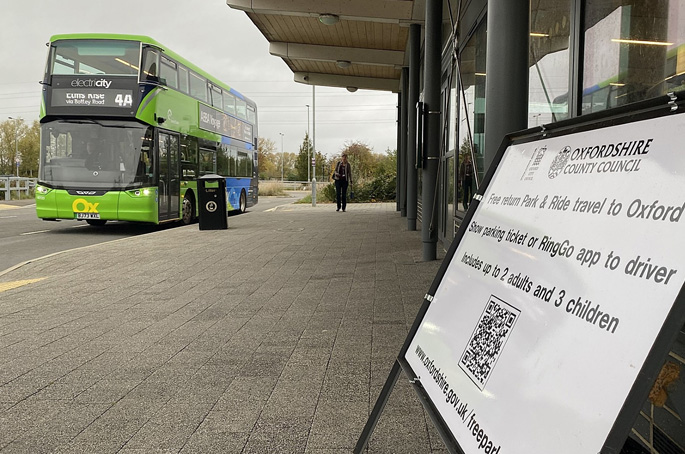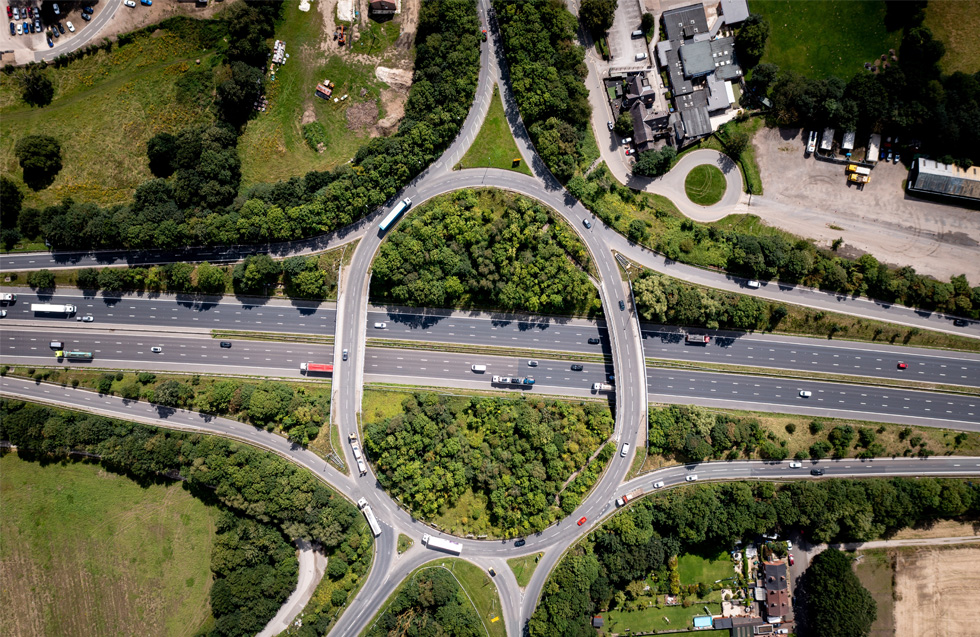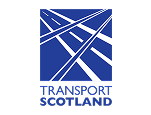A traffic count with a difference carried out by Tracsis in partnership with the Canal & River Trust produced a wealth of valuable information.
The Canal & River Trust is a relatively new registered charity, formed in 2012, to care for 2,000 miles of working canals and river navigations, docks and reservoirs across England and Wales.
There are few parts of the network more tranquil than the old canals, where average speeds can be described as ‘leisurely'. However, the organisation has proved more than up to date with the modern transport sector.
The Trust relies on Government grants, fees from boat owners and businesses, and investment and commercial income to fund the more than £100m annual cost of maintaining its network.
‘Robust and transparent evidence-based outcome reporting, which can track trends and stand up to external scrutiny' is key to helping raise funds and demonstrate the value of the network, it says.
The traffic count
In 2016, the Trust commissioned Tracsis to provide a tested and cost-effective method to measure the use of its towpaths, which could be used over a five to seven-year period to support its strategic aims. These aims included understanding:
- how the routes are being used by others as platforms for activities
- the difference that our activities and interventions are making to local lives
- the contributions they are making to the economic, social, environmental and cultural wellbeing of the nation.
Tracsis recommended using automatic ‘intelligent' video counting and analytic technology from Vivacity Labs, which uses sensors to count and differentiate users as well as record directional flow. The key benefits of the Vivacity system were low maintenance costs, good reliability, an ability to accurately measure different modes, ease of update and an installation process that does not rely on civil engineering work. The system uses machine-learning algorithms to differentiate between user types with 90%-plus accuracy. Each counter unit consists of a camera, processor and communications unit.
The algorithm analyses footage from the camera in real-time to determine the number and type of towpath users, as well as their direction of travel.
It is also data protection compliant as the processing is done ‘on-board' the sensor and no footage is stored.
Following a pilot in Manchester, Tracsis installed around 50 automatic video analytic sensors in 2017-18 to monitor towpath use in 14 longitudinal study areas. These were placed on existing infrastructure, typically lighting columns or, with permission, the side of buildings.
It then created an online interface and reporting tool. The dashboard system supports data interrogation for individual sites and allows groups of sites to be easily compared using visualisation and statistical summary techniques.
The data analysis
The second phase of the project analysed the data and allowed the classification of sites by average hourly usage using cluster analysis. This methodology establishes a benchmark for what constitutes ‘clustering', which can be set at different levels to create different footfall signatures or profiles. Previously, the Trust had classified the waterway locations into simple categories such as urban, semi-urban and rural.
The new methodology revealed that these old classifications were not entirely representative. For instance, many urban sites across Sheffield, Birmingham and London showed different patterns throughout the day across weekdays, Saturdays and Sundays.
The methodology for the cluster analysis was adapted from a key study by Mumford et al. (2017) with Cardiff and Manchester Metropolitan University, which analysed footfall patterns within UK retail centres. A rolling programme of temporary surveys was also undertaken as part of Phase 2, with short-term counts for around one to two weeks at 100 locations in the spring of 2019 to model average annual daily traffic (AADT).
The Trust says the programme will enable a variety of methods that are used with traffic data analysis to be trialled to estimate AADT, with the ultimate aim of creating a towpath usage model.
The methods are:
- Factor-based approach – count sites will be grouped according to a pre-determined typology (the results from the clustering of the permanent count sensors will help generate these).
- Econometric regression – the relationship between the permanent count sites, the short-term counts and external factors such as resident/workday population and car ownership can be modelled to produce an estimate of AADT.
- Artificial neural networks – machine learning can be used to model the relationship between short-term counts, towpath characteristics and socio-economic data to predict AADT at the temporary count sites.
- Support vector regressions – in simple regression the aim is to minimise the error rate whereas this technique tries to fit the error within a certain threshold. Studies have shown this can outperform the above methods to estimate AADT.
Putting it to use
The Trust says: ‘The data is reported to the regional directors and members of the executive team on a weekly basis with monthly reporting to other teams in the Trust, such as partnerships and funding, fundraising and planning teams.'
The data is used in a variety of ways for example as part of the Trust's response to planning applications: ‘Usage data, alongside supplementary data from towpath surveys, can be a key tool when responding to planning applications and highlighting the many benefits of incorporating the canal into new developments,' the Trust says.
It adds that the data is also ‘used to monitor usage at locations where face-to-face fundraisers are present on the towpath to provide insight into footfall'.
The data has been used to evaluate projects for large events like the Commonwealth Games or Coventry City of Culture, as well as towpath improvement schemes across the network by comparing count data pre and post-intervention. This information can be used in case studies to help secure funding, the charity says.
The Trust's Stephanie Elliot comments: ‘Some examples of our work include recently resurfacing 7km of urban towpath and improved access points onto the canal as part of a project to improve active travel connectivity across the area.
‘The towpath counter in the area enabled us to measure towpath usage before and after, and there was a 66% increase in the average daily count post the scheme. Without the counter, we would not have been able to quantify this change in usage.'
Nick Mather of Tracsis says: ‘This has been an incredibly exciting and interesting project. We consulted with the Trust from an early stage, which enabled us to bring the best products from the market using the VivaCity AI sensors, and combine this with a bespoke version of our Conduit Dashboard, giving the Trust exactly what they needed in terms of data availability.'

























